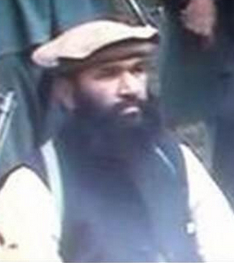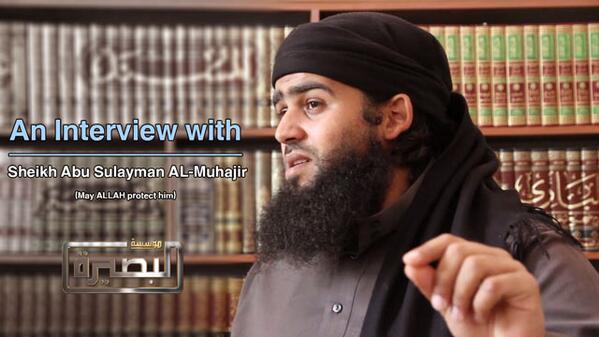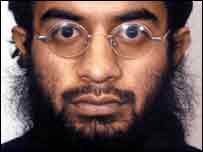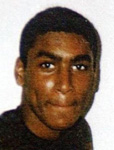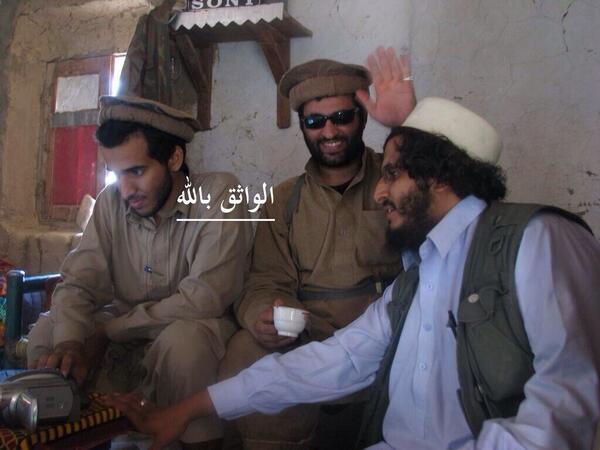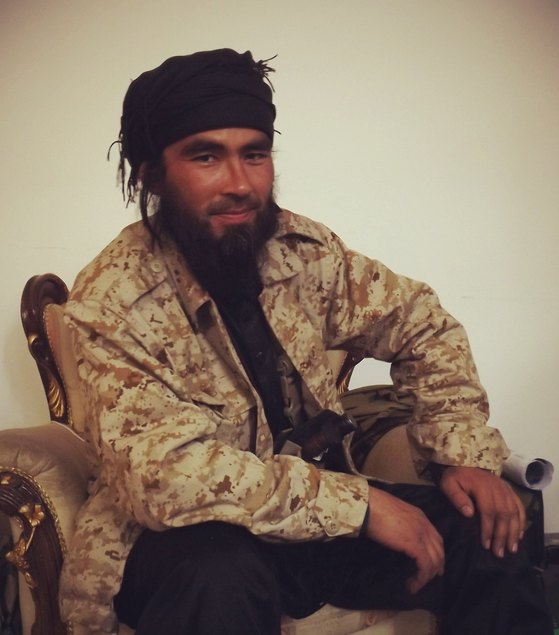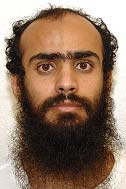The State Department today added Ansar Jerusalem (Ansar Bayt al Maqdis, or ABM) to the US government's lists of designated terrorist entities.
Based in the Sinai, ABM was founded in the aftermath of the uprisings in Egypt in 2011. The group attracted early attention by conducting attacks, including daring guerilla-style raids, in Israel and against Egyptian security forces in the Sinai. Following the overthrow of former Egyptian president Mohamed Morsi, ABM has escalated its attacks inside Egypt, including in the country's urban areas. As the State Department notes, ABM has also expanded its targets to include foreign tourists.
The State Department's designation follows a similar move by the British government, which designated ABM as a terrorist entity earlier this month. The designations are intended to prevent citizens in either the US or the UK from supporting the terrorist organization.
ABM attacks consistent with al Qaeda's global jihad
The State Department says that "ABM -- who shares some aspects of AQ [sic] ideology, but is not a formal AQ affiliate and generally maintains a local focus -- was responsible for a July 2012 attack against a Sinai pipeline exporting gas to Israel." But it is not clear what aspects of al Qaeda's ideology the group does not share. It is also not known, based on publicly available information, whether or not ABM is an unannounced branch of al Qaeda. It may not be, but other groups, such as Shabaab in Somalia and the Al Nusrah Front for the People of the Levant in Syria, have operated within al Qaeda's sphere of influence long before any formal announcement of allegiance was made public.
ABM's "local focus" is also entirely consistent with al Qaeda's priorities. Both seek to impose a harsh version of sharia law within Egypt. And ABM has frequently portrayed its attacks, both against Israel and inside Egypt, as being a part of al Qaeda's global jihad. In turn, al Qaeda's most senior leader, Ayman al Zawahiri, has repeatedly praised ABM's attacks. The July 2012 attack on the Sinai pipeline mentioned by the State Department is a good illustration of this point.
ABM released a video on July 24, 2012 in which it claimed responsibility for 13 pipeline attacks. The video is peppered with clips of Zawahiri praising the pipeline bombings, which he has heralded on several occasions. Zawahiri provides an economic justification for the attacks, saying they damage Israel's economy. "The greeting goes to the heroes who blew up the gas pipeline and who represent the dignity of the Egyptian people," Zawahiri says in one clip used in the ABM video. "May Allah bless them, until they see the Islamic Caliphate ruling over the countries of Islam. I ask Allah to grant them patience and determination, and to reward them in the best way in this life and the hereafter."
Other high-profile ABM attacks have been portrayed as consistent with al Qaeda's global jihad as well.
On Sept. 21, 2012, as the State Department noted in its release, "ABM militants attacked an Israeli border patrol, killing one soldier and injuring another." In a statement released the following day, ABM justified the attack as an act of retaliation for the video Innocence of Muslims. The group falsely claimed that Jews were involved in the video's production. In reality, this was merely a pretext, not a true motivation. ABM had attacked Israeli interests before the video became an issue, and continued to do so long after.
As The Long War Journal has documented, other al Qaeda-linked groups similarly used the video as a pretext for assaulting American diplomatic facilities in September 2012. And ABM portrayed its Sept. 21, 2012 attack as part of this wider, anti-American effort. "America, the head of disbelief, was the one who produced the film on its land and under its protection," ABM said in its statement claiming responsibility for the attack, "so Muslims rose against it and surrounded and stormed its embassies, lowered its flags, and raised their banners of tawhid (monotheism) high instead of its flags."
In a video released on Jan. 11, 2013, ABM once again claimed that the Sept. 21, 2012 attack in Israel was retaliation for Innocence of Muslims. The group cited Osama bin Laden as its inspiration. "If the freedom of your expression has no limit, then your chests should bear the freedom of our actions," bin Laden says in the ABM video. This quote, or a similar one, was used by jihadists with known al Qaeda ties, including Ayman al Zawahiri's younger brother, to justify the protest-turned-assault on the US Embassy in Cairo on Sept. 11, 2012. The ABM video contains footage from that pro-al Qaeda event.
Another ABM attack mentioned by the State Department is the Sept. 5, 2013 attempted assassination of Egyptian Interior Minister Mohammed Ibrahim. On Oct. 26, 2013, ABM released a video dedicated to the suicide bomber responsible for the operation, a former major in the Egyptian army named Walid Badr. The video begins with an audio clip from Ayman al Zawahiri and ends with a video of Zawahiri. In the closing scene, Zawahiri says that the conflict in Egypt is not "a struggle between political parties, but a struggle between Crusaders and Zionists on one side and Islam on the other side." Thus, ABM considers the assassination attempt to be part of al Qaeda's global jihad.
Walid Badr, the would-be assassin, was clearly a global jihadist. The ABM video celebrating his "martyrdom" says he traveled to Afghanistan and participated "with his brothers in deterring the Crusader campaign against the proud land of Khorasan." This is a reference to the America-led campaign in Afghanistan that began in late 2001. Badr attempted to fight in Iraq as well, but failed to do so and eventually returned to Egypt. Badr traveled to Syria to fight Bashar al Assad's regime, only to return to Egypt once again and become a suicide bomber. This sequence of events shows that Badr fought in three different theaters for jihad -- Afghanistan, Syria, and Egypt. Other ABM members have reportedly fought among rebel ranks in Syria, including the Al Nusrah Front, which is a branch of al Qaeda.
There are still additional details in Badr's story that connect him and ABM to the al Qaeda network. Egyptian officials alleged that he was trained by Muhammad Jamal's organization, which is clearly a part of al Qaeda's global network. In a previous designation, for example, the State Department pointed to Jamal's direct ties to al Qaeda's senior leadership, al Qaeda in the Arabian Peninsula (AQAP), and al Qaeda in the Islamic Maghreb (AQIM). Jamal is a longtime subordinate to Ayman al Zawahiri and was in direct contact with the al Qaeda leader in 2011 and 2012. In his letters to Zawahiri, Jamal explained that he had established multiple groups in the Sinai.
And in late October 2013, Egyptian security sources arrested Nabil al Maghraby, whom they described simply as "a key al Qaeda operative." Al Maghraby had been imprisoned for the 1981 assassination of Egyptian president Anwar Sadat, but was freed by a presidential pardon from Mohamed Morsi in 2012. Egyptian authorities described al Maghraby as "a close associate" of Badr.
There is much we still do not know about ABM's leadership, organizational structure, ties to other jihadist groups, and financing. But ABM's "local" attacks are precisely what al Qaeda's senior leadership wants, both against Israel and inside Egypt.
Notes: All quotes from ABM's videos were translated by the SITE Intelligence Group. Parts of this article are adapted from written congressional testimony.
